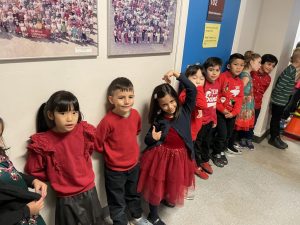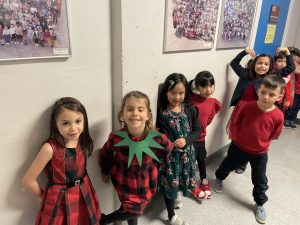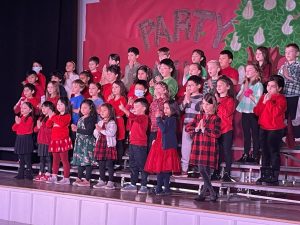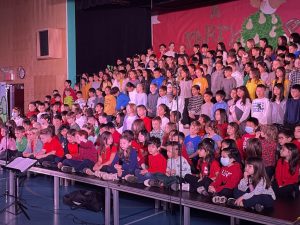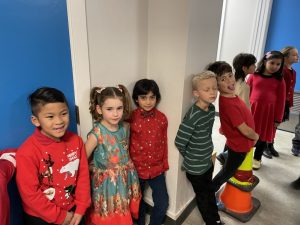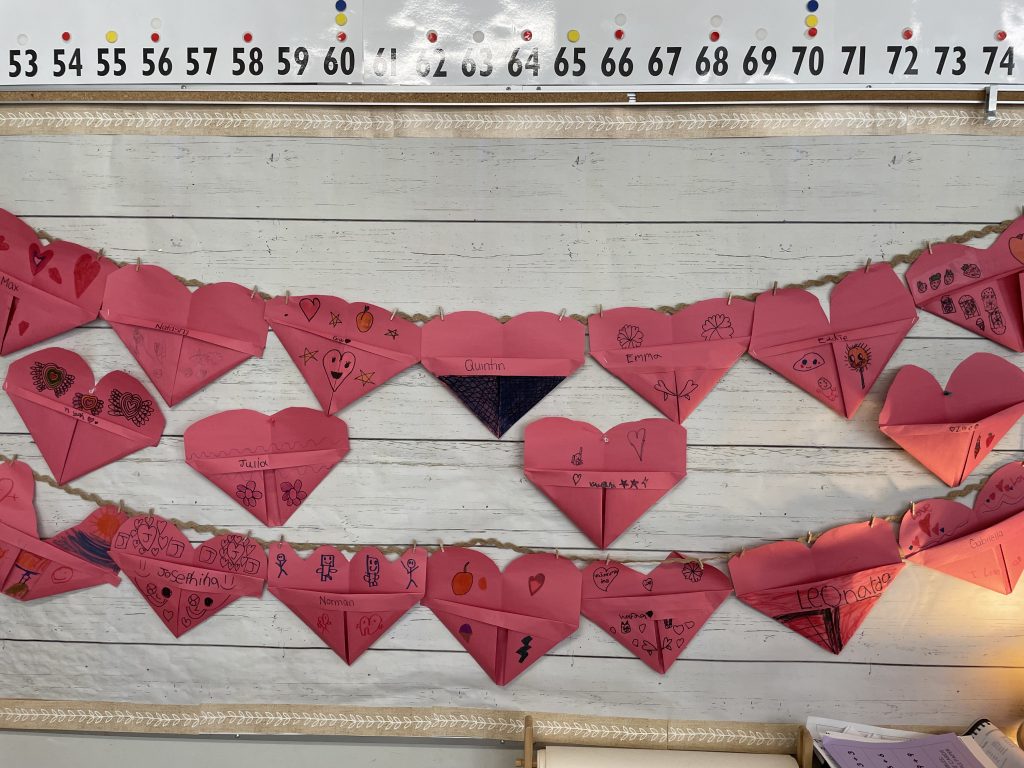
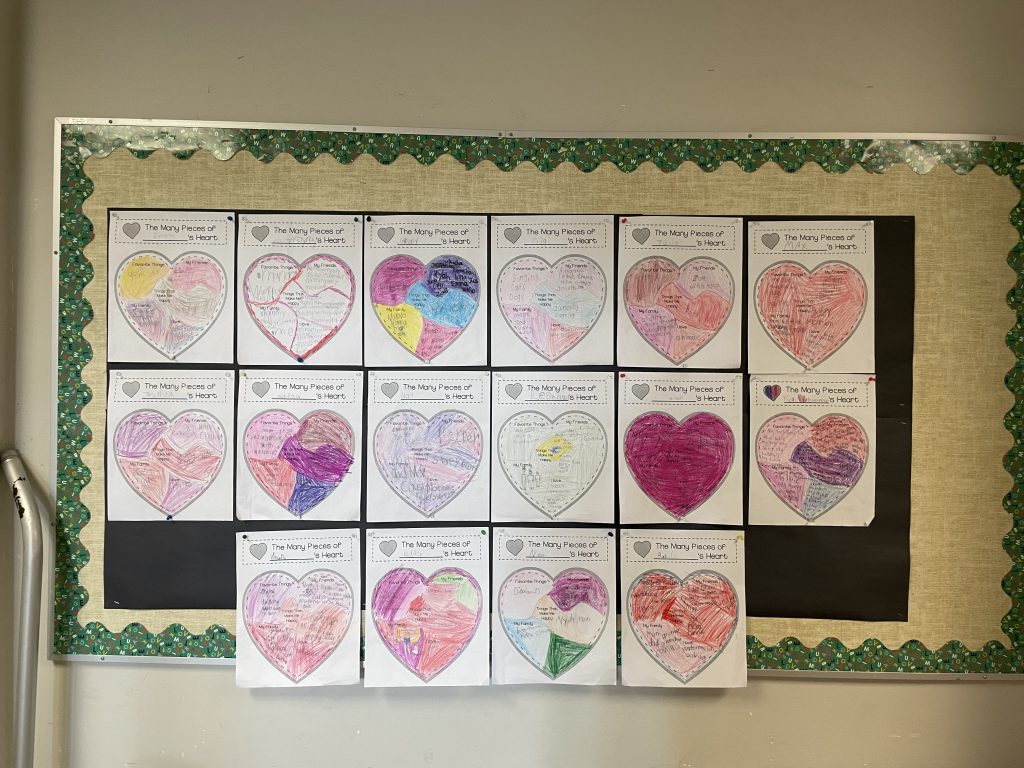
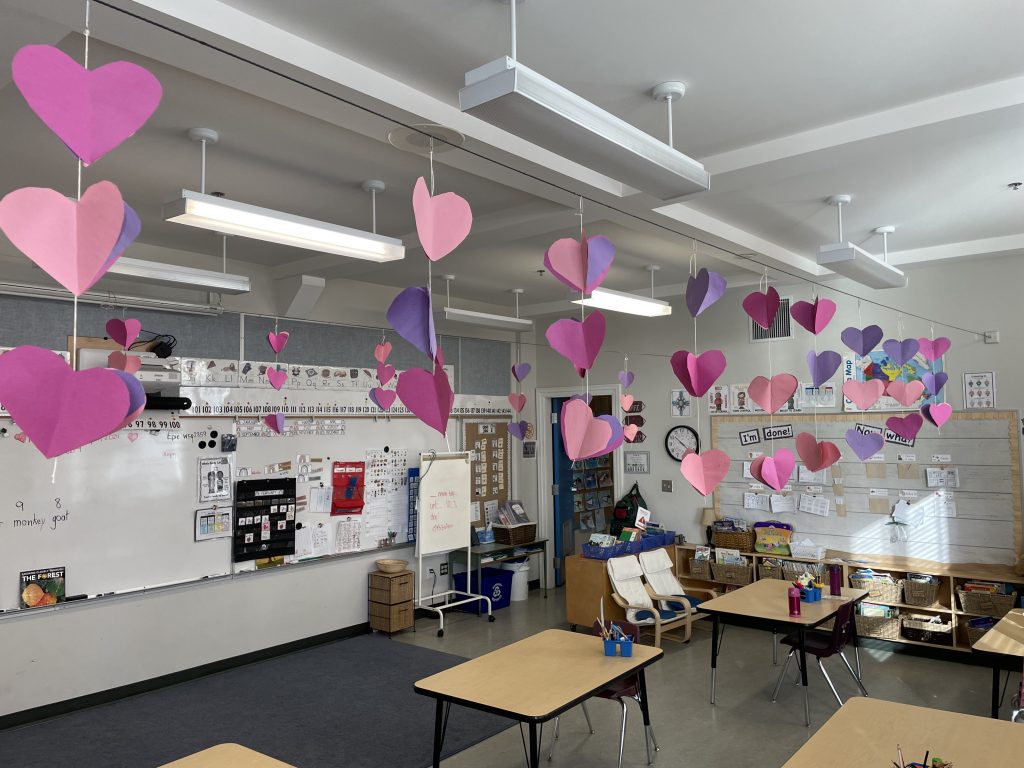
Author: ballarinc (Page 2 of 5)
Yesterday, we had a zoom author visit with Ginalina, she is a Canadian singer-songwriter who has written 3 books. Yesterday, she read to us “Blooming Mountain” and sang us a song. She also shared her new music video which was inspired by the book. I couldn’t find a video of a read aloud, but I did of the music video and it is linked below!
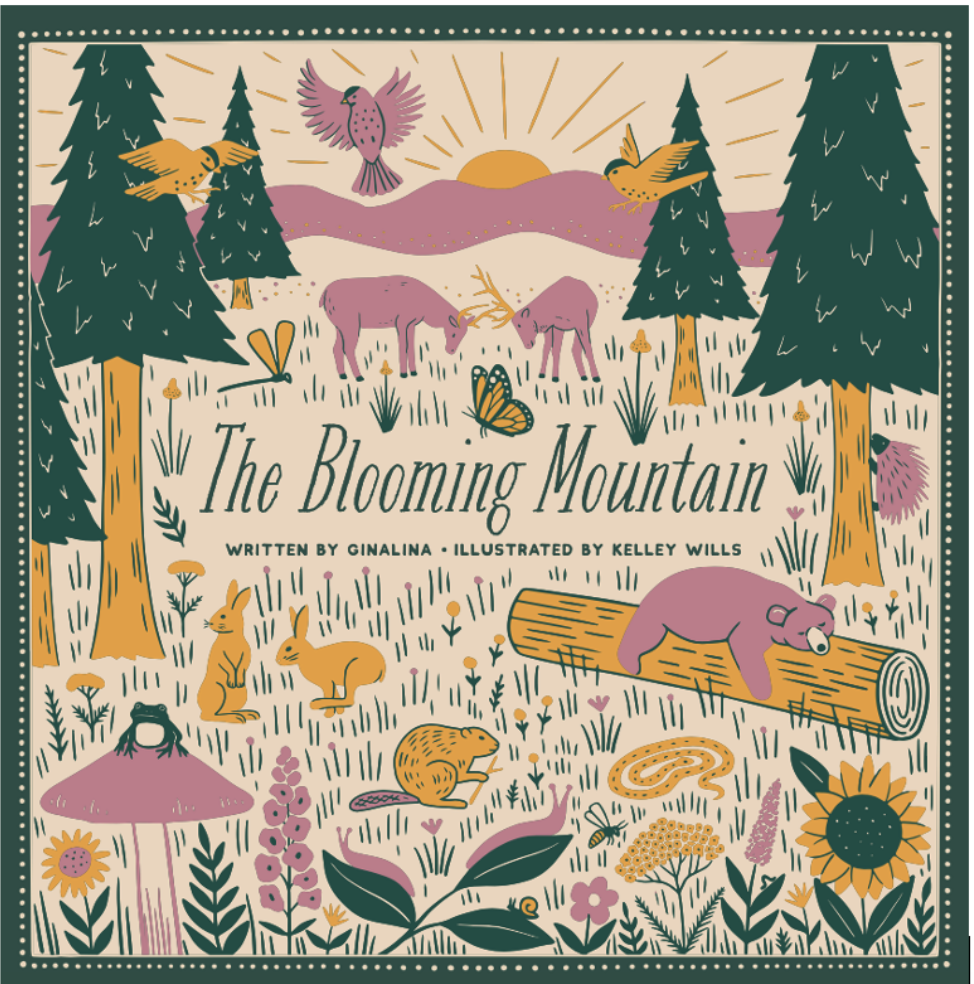
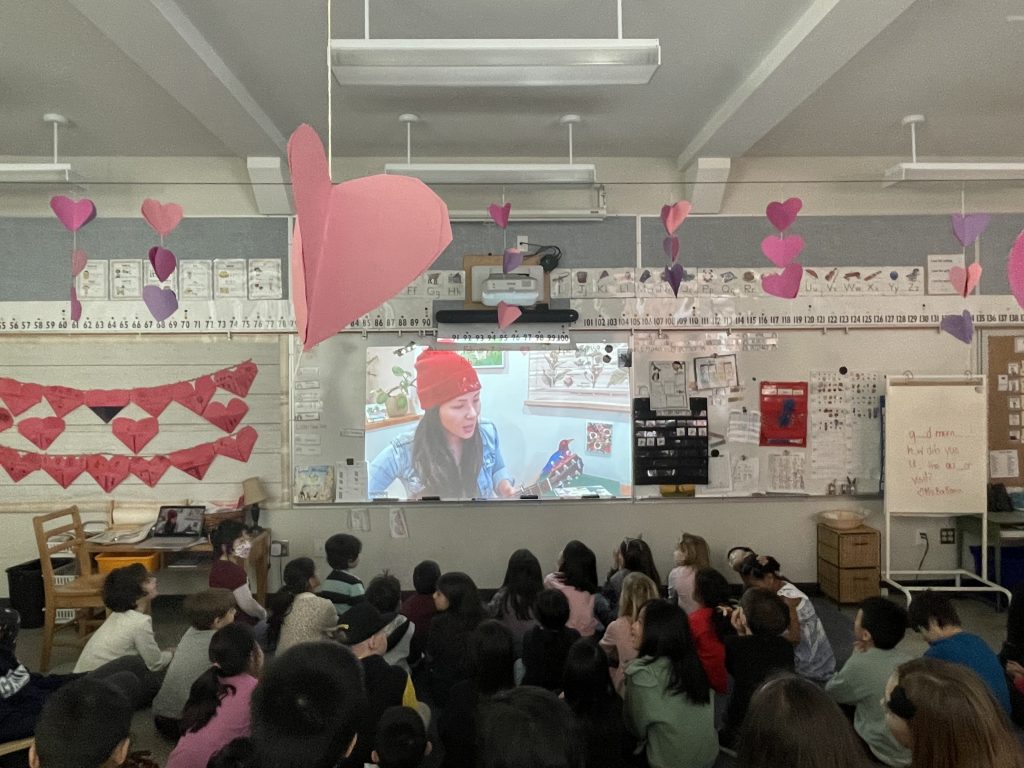
Last week, we participated in a Joyful Learning Indigenous art lesson. Here is the bulletin board outside:
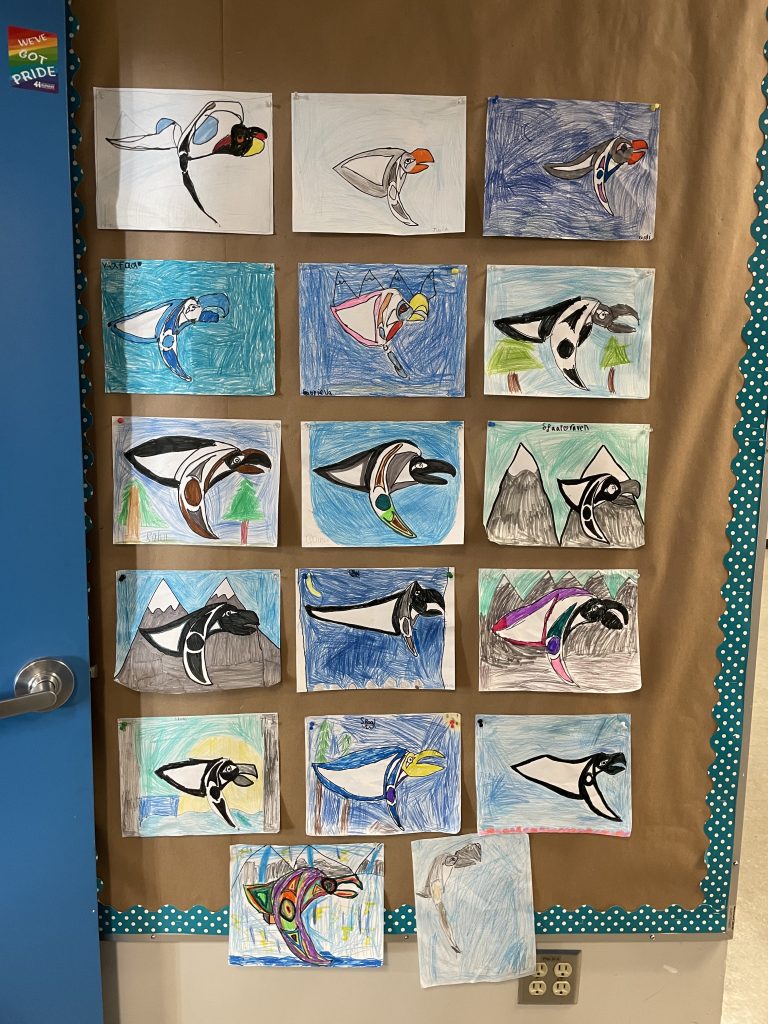
We learned the different Coast Salish shapes used in art. Started by practicing the drawing of shapes and then we followed along with a directed drawing of the raven!
Last week we completed our unit on Landforms with creating dioramas! They turned out wonderful!
Here are some pictures:
Big Ideas:
- Canada is made up of many diverse regions and communities
- Inquiry through the arts creates opportunities for risk taking
- Skills can be developed through play
Curricular Competencies:
- Explain how participation in outdoor activities supports connections with the community and environment
- Use Social Studies inquiry processes and skills to ask questions; gather, interpret and analyze ideas; and communicate findings and decisions
- Engage in problem-solving experiences that are connected to place, story, cultural practices, and perspectives relevant to local First Peoples communities, the local community, and other cultures
- Incorporate First Peoples worldviews and perspectives to make connections to mathematical concepts
- Demonstrate curiosity and a sense of wonder about the world
- Experience and interpret the local environment
- Choose tools and materials
- Make a product using known procedures or through modelling of others
- Use trial and error to make changes, solve problems, or incorporate new ideas from self or others
Learning Involved:
- Experience and interpret the local environment
- diverse features of the environment in other parts of Canada and the world
First Peoples Principles of Learning:
Learning ultimately supports the well-being of the self, the family, the community, the land, the spirits, and the ancestors
- Learning is holistic, reflexive, reflective, experiential, and relational
Core Competencies:
Critical Thinking
- I can ask questions and consider options. I can use my observations, experience, and imagination to draw conclusions and make judgments
Creative Thinking
- I get new ideas when I play and explore
Communication
- I can share my ideas and questions
- I can listen to others
Social Responsibility
- I am kind to others and our environment
On Monday, January 15 we acknowledged Black Excellence Day. We focused on Alma Woodsey Thomas and read 2 stories about her and created art inspired by her!
Here are the 2 stories:
Here is our art work outside on the bulletin board:
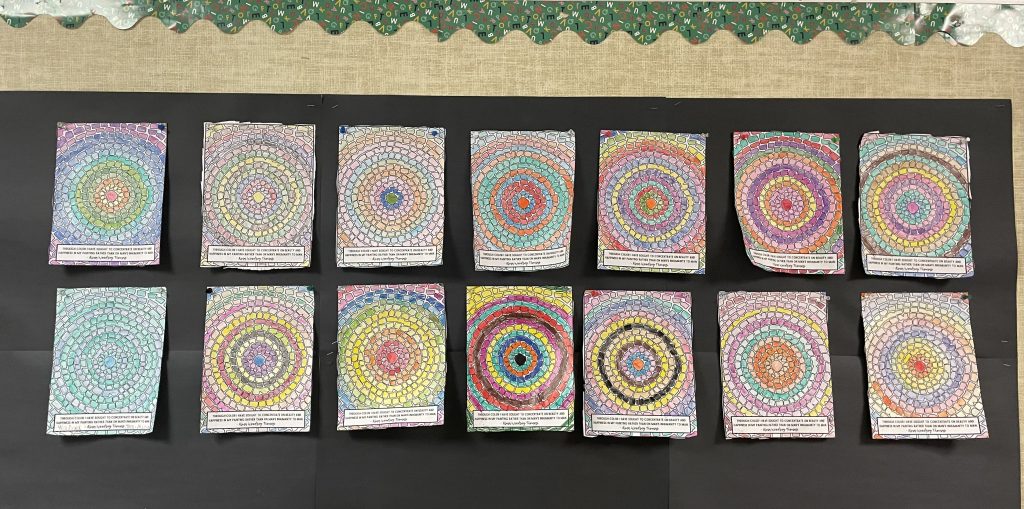
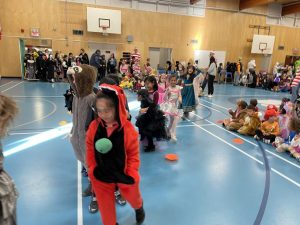
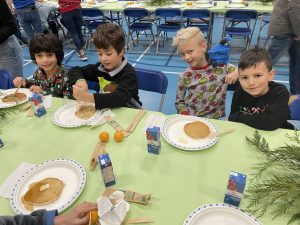
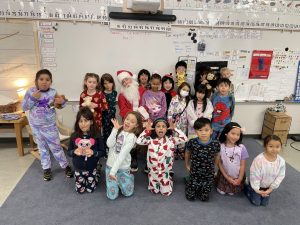
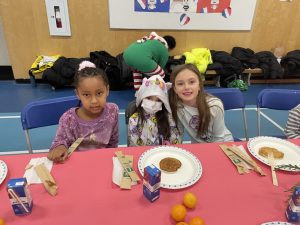
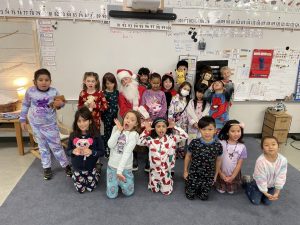
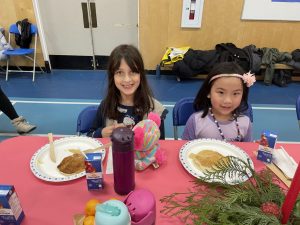
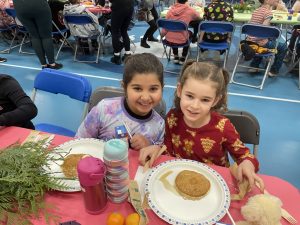
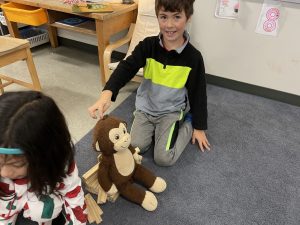
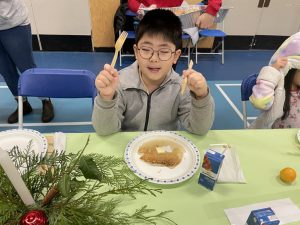
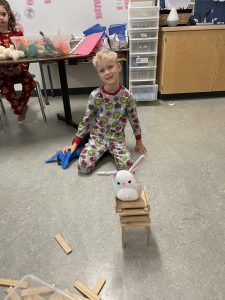
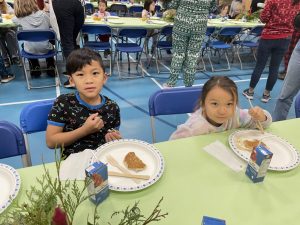
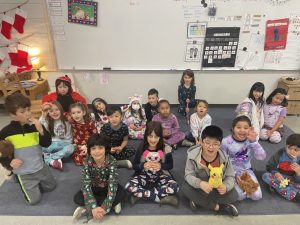
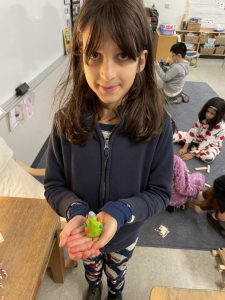
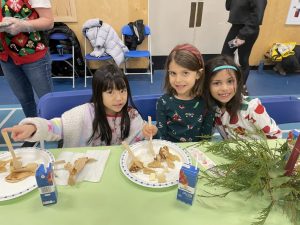
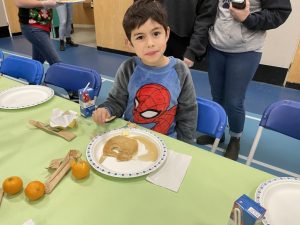
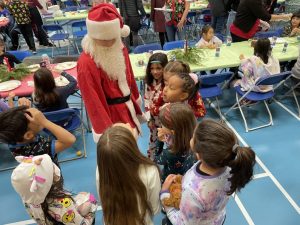
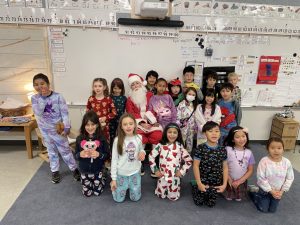
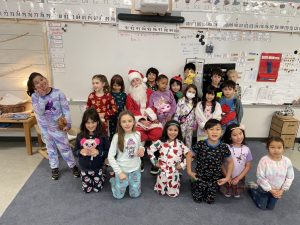
We read a story called “My Hockey Sweater”
After we were finished, we retold the story as a whole class. Once that was done, students worked in pairs to create a page from the book and we put all the pages together to retell the story on a story map. Here is what it looks like:
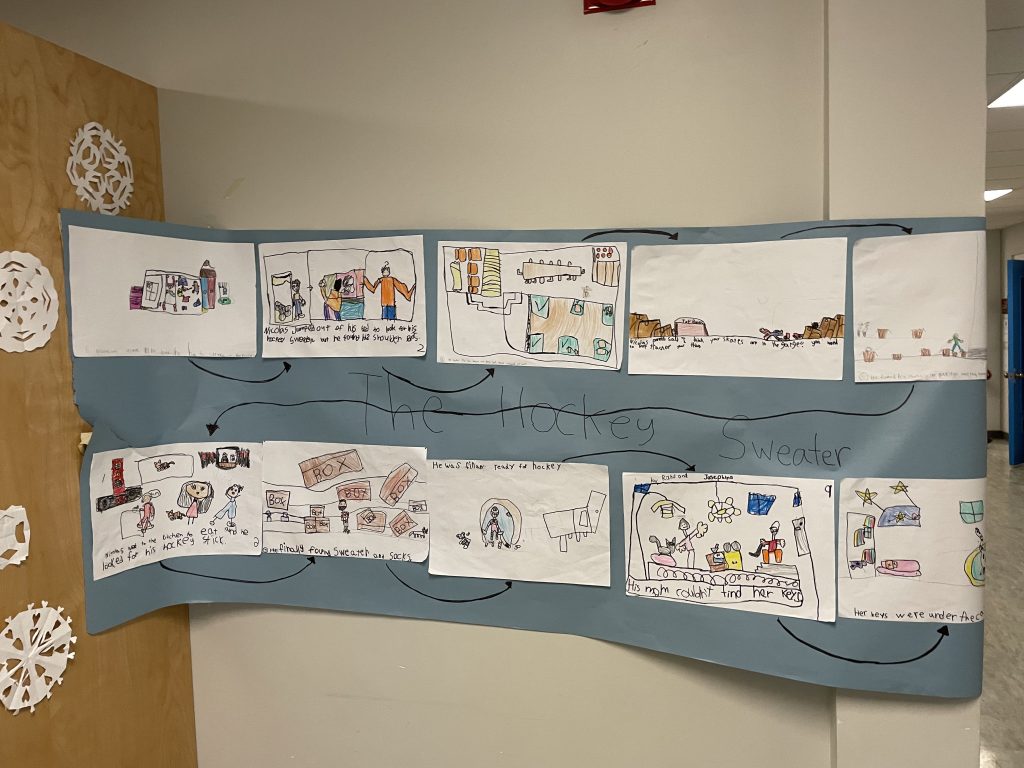
Big Idea:
- Inquiry through the arts creates opportunities
- Through listening and speaking, we connect with others and share our world.
- Language and story can be a source of creativity and joy.
First Peoples Principles of Learning:
- Learning takes patience and time
Curricular Competencies:
- Explore elements, processes, materials, technologies, tools, and techniques of the arts
- Develop processes and technical skills in a variety of art forms to refine artistic abilities
Content:
- elements of design: line, shape, texture, colour, form
- principles of design: pattern, repetition, rhythm, contrast
- exchange ideas and perspectives to build shared understanding
- through listening and speaking, we connect with others and share our world
- elements of a story; character, plot, setting, structure (beginning, middle, end), and dialogue
Core Competency: Creative Thinking
- Creative growth requires patience, readiness to take risks, and willingness to try new approaches
Learning involved:
- Students learned the significance of following step-by-step instructions
- Students demonstrated increasingly sophisticated application and/or engagement of curricular content
- Students demonstrated an understanding of story elements
Yesterday, we worked with our big buddy class to create center pieces. I hope you enjoy them! Please remember to add water to them 🙂
Here are some pictures from the activity:
Big Idea:
- Designs grow out of natural curiosity.
- Skills can be developed through play
First Peoples Principles of Learning:
- Learning takes patience and time
Curricular Competencies:
- Make a product using known procedures or through modelling of others
- Use trial and error to make changes, solve problems, or incorporate new ideas from self or others
- Decide on how and with whom to share their product
- Demonstrate their product, tell the story of designing and making their product, and explain how their product contributes to the individual, family, community, and/or environment
- Develop their skills and add new ones through play and collaborative work
Core Competency: Creative Thinking
- Creative growth requires patience, readiness to take risks, and willingness to try new approaches
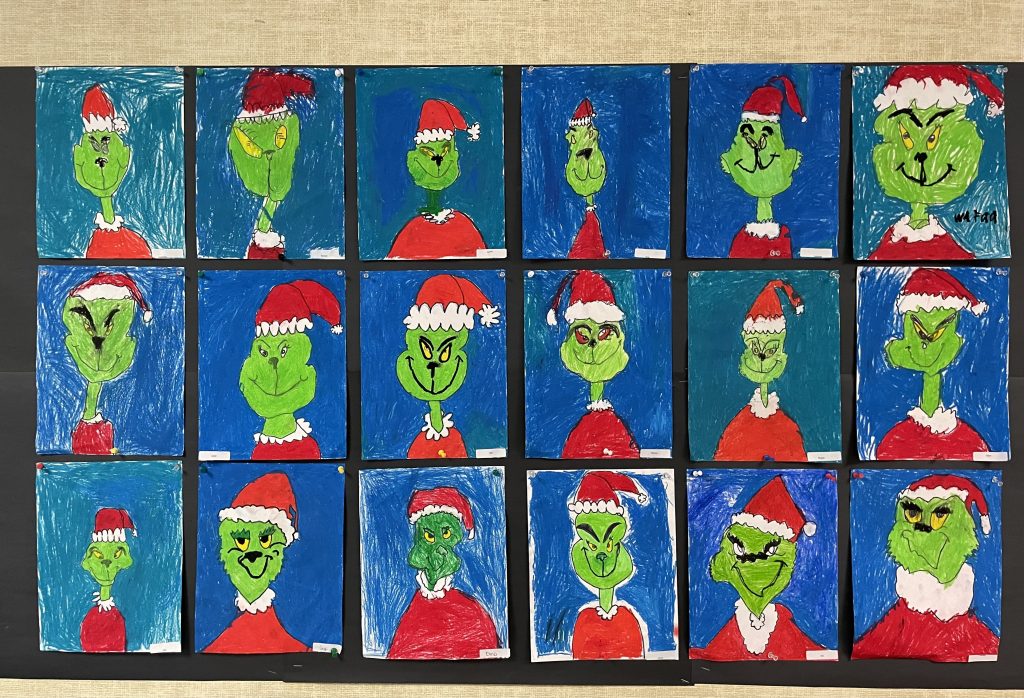
For this art lesson we did a step by step directed drawing of the Grinch. We learned how to draw all of the parts together. Next, we coloured our Grinch using oil pastels, as they have such an intense hue. We talked about the colours to use for the Grinch and how to fully fill in all of the sections (we had to take breaks, as our hands got tired – students had to press hard with the pastels.) The students were all proud of their own Grinch and they look awesome together. It’s amazing how one lesson can produce different Grinches!
Big Idea: Inquiry through the arts creates opportunities for risk taking
First Peoples Principles of Learning:
- Learning takes time and patience
Curricular Competencies:
- Explore elements, processes, materials, movements, technologies, tools, and techniques of the arts
- Develop processes and technical skills in a variety of art forms to refine artistic abilities
Content:
- elements of design: line, shape, texture, colour, form
Core Competency: Creative Thinking
- Creative growth requires patience, readiness to take risks, and willingness to try new approaches
Learning involved:
- Students learned the significance of following step-by-step instructions, including learning to draw each section of the Grinch
- Students learned how to outline their Grinch with a sharpie
- Students chose their shade of green and coloured the Grinch carefully by fully filling in each section
